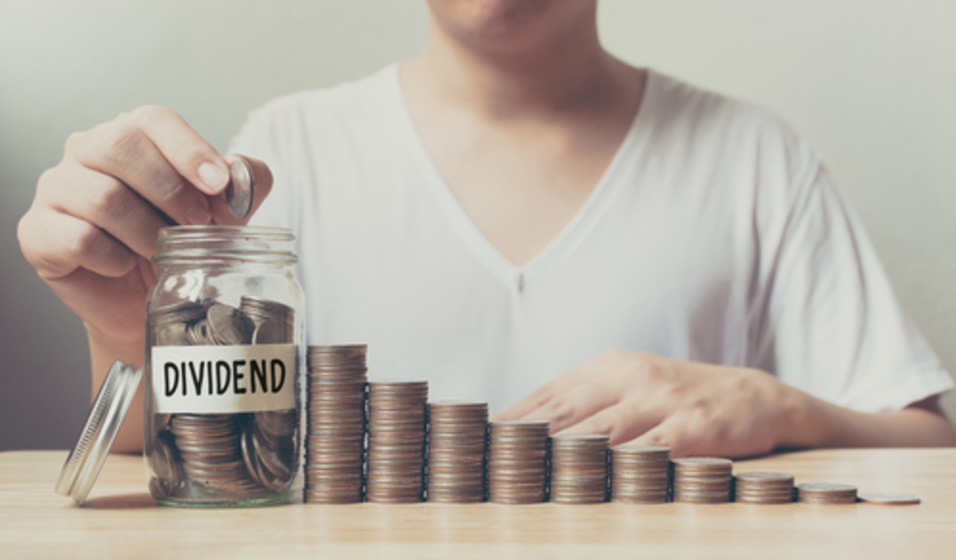Each commercial enterprise seeks to get the greatest possible profit, just like a private person. If the goal is achieved, then the participants in the company profit from a private organization called dividends. The whole procedure at first glance is simple, but, as in any financial issue, in this case there are a number of nuances that the accounting department must take into account in order to avoid various problems. It is important to study in more detail the procedure for calculating and paying dividends.
What do you need to do first?
After all taxes from the company have been paid, and the net profit has been determined, one should not rush into dividend payments. To begin with, it is important to analyze a number of indicators that allow the payment of profits. For example, if an organization was formed not so long ago and income is distributed for the first time, it is important to carefully check and determine whether the registered capital is paid. If certain members of the company have not contributed their share in the total amount, it is impossible to pay dividends.
Then you need to calculate the price of net assets based on the order of the Ministry of Finance of Russia. If the result obtained is less than the cost of the authorized capital, then it is prohibited to distribute income between employees. It is also important to pay particular attention to the factor that the price of net assets should not be less than the authorized capital even after the distribution of dividends among members of the organization.
Why no income?
Even with the observance of the procedure for paying dividends in AOs, there are cases when a profit is generated as a result of the reporting period, but there is actually no actual income for payment. Many factors can lead to this situation in a private organization. Most often, the reason lies in the wrong way of keeping records. It is important to make sure that the company’s current account has enough money to distribute it among the participants in the organization.
It should be noted that from January 1, 2015, the tax rate and personal income tax on the profit of dividends received by residents at the enterprise increased significantly and began to make 13 percent. Previously, dividends were taxed at a rate of 9 percent.
Forms and procedures for dividend payment
Based on the laws adopted, private individuals can distribute income from the enterprise on a quarterly basis, once every 6 months or annually. The maximum payment period is 60 days from the date of the decision. Individuals, members of the organization, could independently choose for themselves the time of payment of funds, indicating it in the charter of the company or in the decision on the distribution of profits. If information about the time of payment was not documented, then payment must be made within the next 60 days.
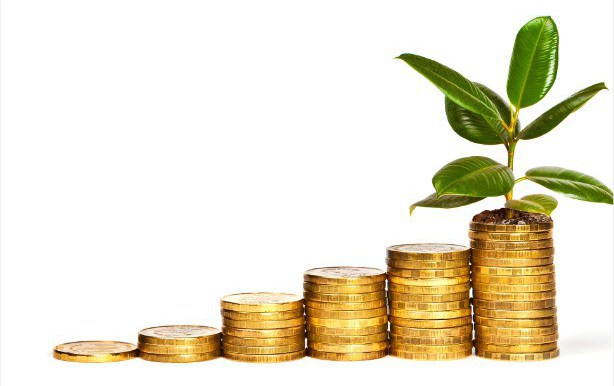
But what to do in the case when the deadlines for the payment of dividends have long come, and the employees of the enterprise could not get their share? In this case, the founders may, within three years after the payment deadline, contact the company and demand the required funds. The validity period of the dividend payment term may be extended to 5 years, if this is written in writing in the relevant charter.
Cash amount
The procedure for calculating and paying dividends establishes a uniform distribution of profits among the participants in the organization.Speaking in a more understandable language, then if the share of the participant reaches 25 percent, he will receive dividends in the amount of 25 percent of all profit distributed between the participants. But it is important to remember that the charter of the institution may have a slightly different procedure for paying dividends, which will not depend on the percentage of the employee of the joint-stock company. This procedure for the payment of profits should be recorded in the official constituent document at the time of formation of the institution or during the introduction of some amendments.

Filling out documents
At present, the number of participants in the organization and the size of the share need not be included in the general charter. In this case, it is enough to simply clearly state that the income of the enterprise is distributed among the participants in the organization in a disproportionate proportion. Information about the members of the organization and the ratio according to which they will receive their money should be fixed in the agreement on the establishment or in the decision itself on the procedure for the payment of dividends by the company.
A participant in a joint-stock company can make a profit in the form of paper bonds or in cash. According to the law, the founder of education is not obliged to prescribe in the charter the method of payment of funds to participants, for this reason the form of payments to a particular person can be indicated in the decision itself.
Procedure and terms for dividend payment
Joint stock company society will definitely decide on the distribution of profits. It is adopted at the general meeting of the founder and participants of the joint-stock company. The decision that won the most votes wins. The final decision is fixed by the protocol or by the decision of the founder.
The protocol should include the following types of information:
- time distribution of funds between employees;
- the amount of all income that is distributed between the participants;
- cash allocation ratio;
- members of the organization making a profit indicating its size;
- time of payment of funds;
- type of payment of the amount of money.

The participants of the joint-stock company may indicate other information in writing in an official document, if such, in their opinion, helps to clarify the situation and prevent various disputes and contradictions in the future.
After the payment of dividends is carried out, it is important to fix it in tax and accounting in order to avoid problems in the future.
Information for the director of the enterprise
Dividends - any profit received by a shareholder or participant from an organization at the time of distribution of accumulated income at the enterprise. Dividends are paid after tax is paid.
Net profit is the amount of income that remains after the repayment of all taxes imposed on enterprises. Expenses, the finished numerical value, are deducted from all incomes and is the profit that needs to be distributed among the participants in the organization.
How are payments made?
What is the procedure for paying dividends to shareholders?
At the enterprise, accounting should control all income and expenses. It is in the balance sheet that all profit is reflected on a certain calendar number. This line necessarily takes into account the amount of net income not only for the past reporting period, but also for previous years, if the profit has been preserved and has not been distributed among employees.
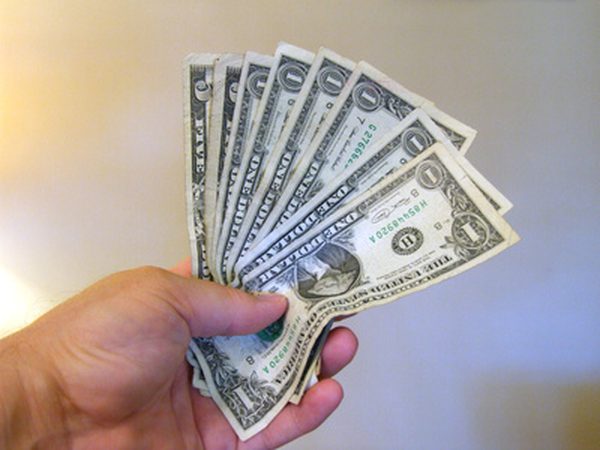
If it is necessary to calculate the amount of net income for a certain reporting period, then for this you should carefully study the report from the financial department of the enterprise. It is in this document that net profit for the reporting period (for example, for the year) will be indicated.
If the joint-stock company does not have a net profit, then the payment of dividends will not work until that time until the loss received by the company is paid off by income from other months.
Possible errors in the calculation
According to tax and accounting legislation, the financial department of the enterprise must make all changes in the accounting statements so that the net income indicator in the documentation is correctly reflected.
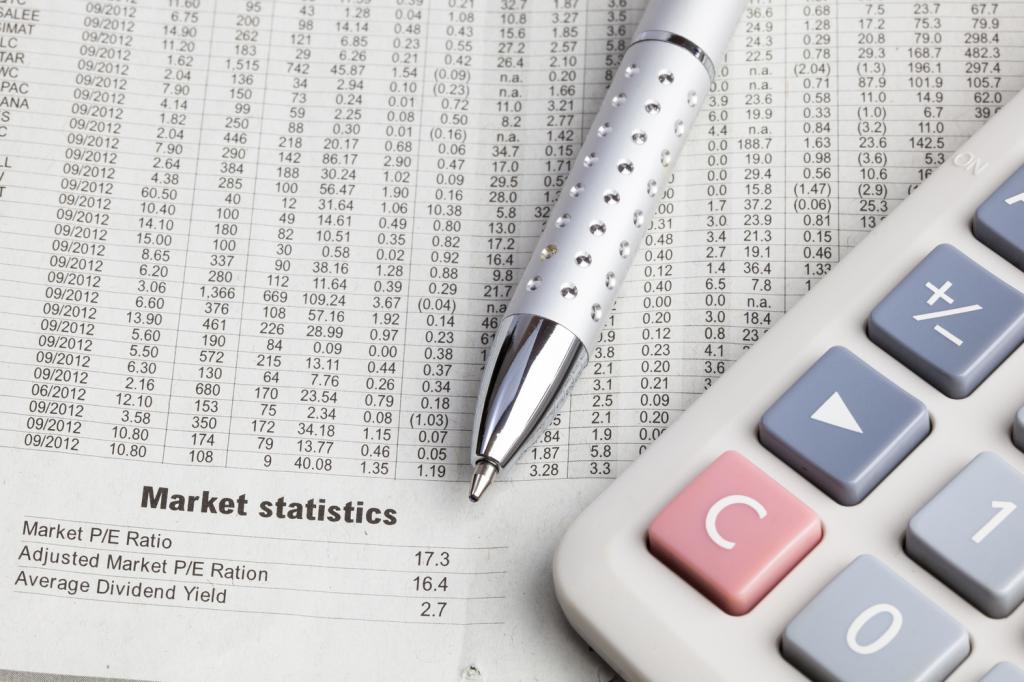
If during the calculations certain mistakes were made and the net profit indicator was reduced, then, after all corrections, a new value of net profit should appear in the statements, which will make it possible to evenly distribute income between members of the organization.
If the accountants at the enterprise were able to notice their errors in the calculations, and then corrected them, then the employees of the joint-stock company evenly receive their profit, but the whole process can be significantly extended in time.
Payments from the perspective of the founder
The most common and popular method of payment is the classic one. When it occurs, the funds are credited in cash or non-cash. If the founder of the enterprise and participants pay special attention to the form of payment of funds, then information about this process is also entered into the protocol after the general meeting.
For people who are used to earning cash directly from the cashier, there are some features and even limitations. It is important to remember that our legislation by the Central Bank documents regulating cash procedures does not allow dividends to be paid in cash if it is received at the cash desk of the enterprise. It is for this reason that payment can be made only by funds that have been specially received from the bank or at the expense of money that has been returned to the cashier of the company in other ways.

Also, payment may occur not in cash, but in property. At the same time, property owned by the joint-stock company (finished products, securities, receivables) is taken into account. This includes all assets that have accumulated on the balance sheet of the organization and are recorded in the financial statements.
Property Payment
The issue of the payment of property income is considered more laborious and expensive in terms of taxes. This can be explained by the fact that the payment of dividends by any property other than the cash form is already related to the sale.
Order Joint-stock company of dividend payments is determined by the 39th article of the Tax Code, where the change of ownership in services, work and goods is considered to be implementation. For this reason, if dividends are paid by assets, then a change of ownership takes place: previously the owner was an enterprise, but now it has become an individual. The status of such property also changes.
If we talk about the general tax base, then there is a profit tax and VAT. If we talk about a simpler taxation scheme, then additional income appears.
Dividends and accountant
The main goal of the accountant in determining the procedure for paying dividends on shares is to identify the debt of the company in paying dividends to the participants of the joint-stock company, as well as its owner. Posting K75.2 and D48 reflects the distribution of dividends after the general meeting. Without a paper decision of the general meeting, which will fix the decision on the distribution of the enterprise’s income between the organization’s members, posting is prohibited.
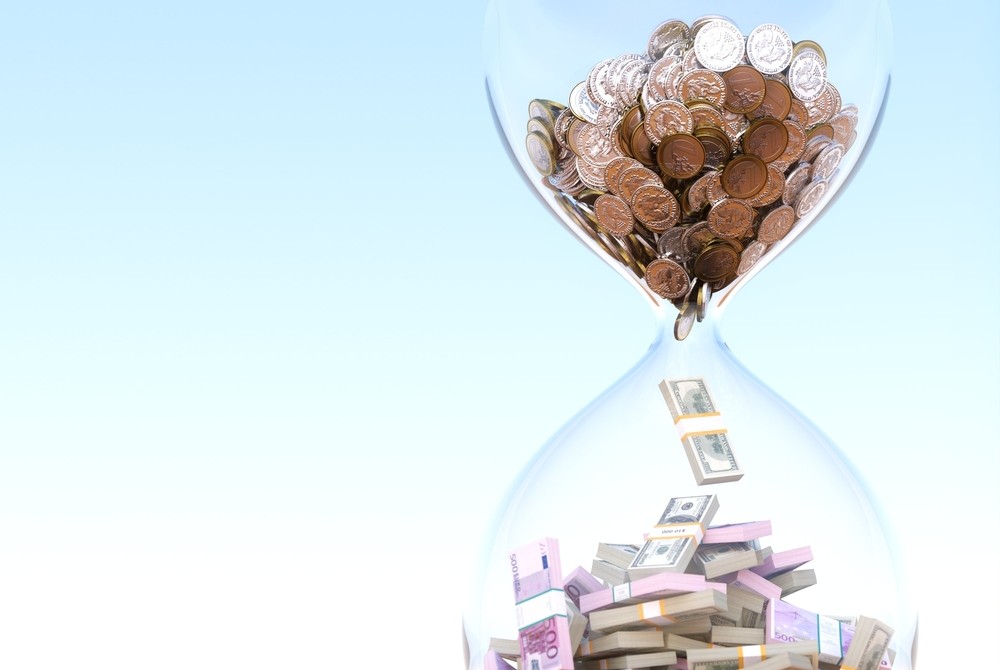
The following situation is considered quite common: at the end of the first half of the year, the company still has profit, which is distributed to participants through dividends. At the end of 9 months, the company again has a net profit, which the company uses and feels confident - this helps to evenly distribute all the profits between employees.
But if at the end of the reporting period the organization determines a loss, then payments that were made over the past 12 months, as a result of the first half and 9 months, will be changed by the tax authorities to the form of payment at the expense of net profit. At the end of this year, the company will experience a significant loss, so the amounts paid will not be able to be distributed among employees as dividends.
This is what the joint-stock company should warn about, so that it understands that if it wants to receive dividends more than once a year, then it will be necessary to carefully monitor that the company ends each year only with a profit. Otherwise, the company will have an additional tax burden, from which the shareholders themselves will suffer.
